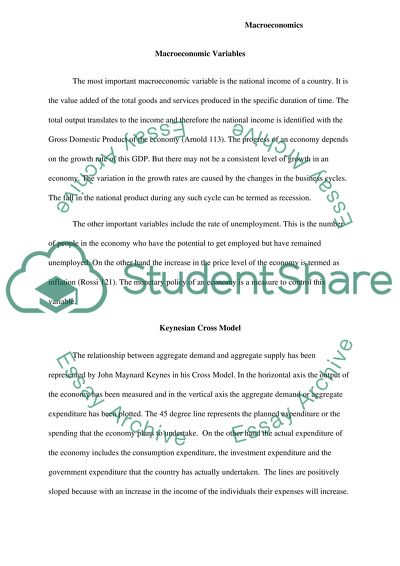Cite this document
(“Macroeconomics Essay Example | Topics and Well Written Essays - 2500 words - 3”, n.d.)
Macroeconomics Essay Example | Topics and Well Written Essays - 2500 words - 3. Retrieved from https://studentshare.org/miscellaneous/1624206-macroeconomics
Macroeconomics Essay Example | Topics and Well Written Essays - 2500 words - 3. Retrieved from https://studentshare.org/miscellaneous/1624206-macroeconomics
(Macroeconomics Essay Example | Topics and Well Written Essays - 2500 Words - 3)
Macroeconomics Essay Example | Topics and Well Written Essays - 2500 Words - 3. https://studentshare.org/miscellaneous/1624206-macroeconomics.
Macroeconomics Essay Example | Topics and Well Written Essays - 2500 Words - 3. https://studentshare.org/miscellaneous/1624206-macroeconomics.
“Macroeconomics Essay Example | Topics and Well Written Essays - 2500 Words - 3”, n.d. https://studentshare.org/miscellaneous/1624206-macroeconomics.


